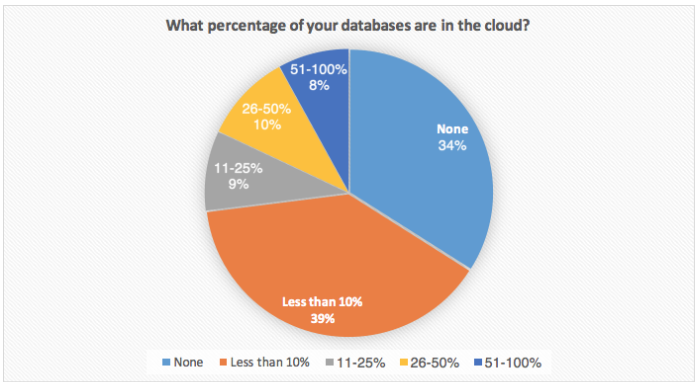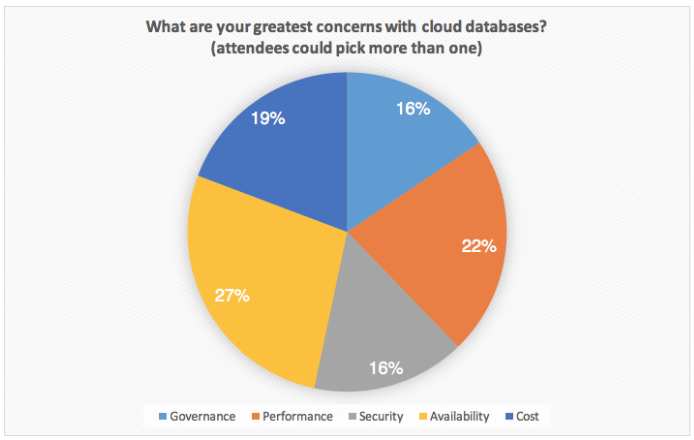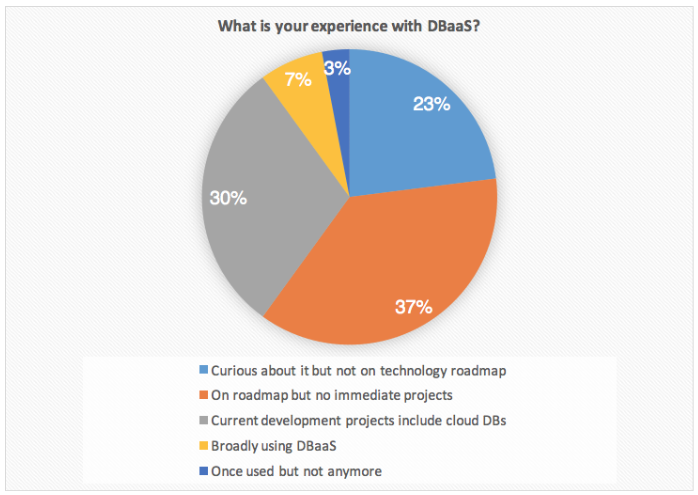EDB recently had the pleasure of inviting Noel Yuhanna to present at a webinar we hosted—Databases in the Cloud: Today's Realities and Tomorrow's Promise. Yuhanna is a principal analyst at Forrester, serving enterprise architecture professionals. This webinar was well attended, and that was no surprise. According to Yuhanna, the topic of database-as-a-service, or DBaaS, is presently generating a sizable number of inquiries for Forrester across a broad spectrum of industries—including financial services, retail, healthcare, manufacturing, oil and gas, and more. Yuhanna said that not only is he seeing cloud adoption pick up rapidly, but many organizations are engaging in large deployments, moving hundreds of terabytes, and even petabytes of data into the cloud.
During the webinar, Yuhanna confirmed that one of the inquires he has seen is organizations seeking to develop a go-forward strategy to deploy databases in the cloud. Some organizations have placed a priority on moving their mission-critical applications to the cloud while others are choosing to approach the journey in a more gradual, incremental way. But, regardless of the pace and the applications they choose, many are actively making the journey. We polled our audience during the webinar and found that 66% of those in attendance had already moved some portion of their databases to the cloud.

Even though ⅓ of our webinar attendees had no databases in the cloud, it was clear that their interest in DBaaS was on the rise. About 75% of those polled either had DBaaS on their roadmap, had current development projects with DBaaS in use, or were already broadly using a DBaaS solution.

There are many different benefits fueling the appeal of DBaaS for organizations. Yuhanna cited factors like time to value, elastic scale, ecosystem, self-service, agility, and especially, lower cost. However, the pace at which applications are provisioned is the most significant reason.
A decade ago, organizations managed a smaller number of monolithic applications like ERPs. But today, organizations build dozens of new applications a month and need to provision databases rapidly. The cloud offers organizations the scalability, elasticity, agility, and the faster time to value they demand. Yuhanna said the rapid provisioning that cloud offers is a game changer. “You only pay for what you use from the server perspective. I think it's really where the value comes in. Tooling is also pretty cool.”
However, these benefits have not completely alleviated all concerns that organizations have about databases in the cloud. Security was the number one concern of our webinar attendees, closely followed by performance and governance.

So, what is the future of cloud databases? Forrester indicates that the adoption of cloud databases will double by 2020 from the existing 40%. With that in mind, we are prepared for a period of rapid growth in the next 18 months. How is the journey progressing at your organization?
Moving your workloads to the cloud is an achievable goal and an experienced partner can be invaluable in getting you there. If you have your eye on moving your databases to the cloud, you have a lot of choices to make and options to consider. We’ve outlined five key decision points to help you navigate your choices and enable your success. We invite you to download our Tech Guide, and then contact us to plan your migration.
Kenneth Rugg is Chief Product and Strategy Officer at EnterpriseDB.
